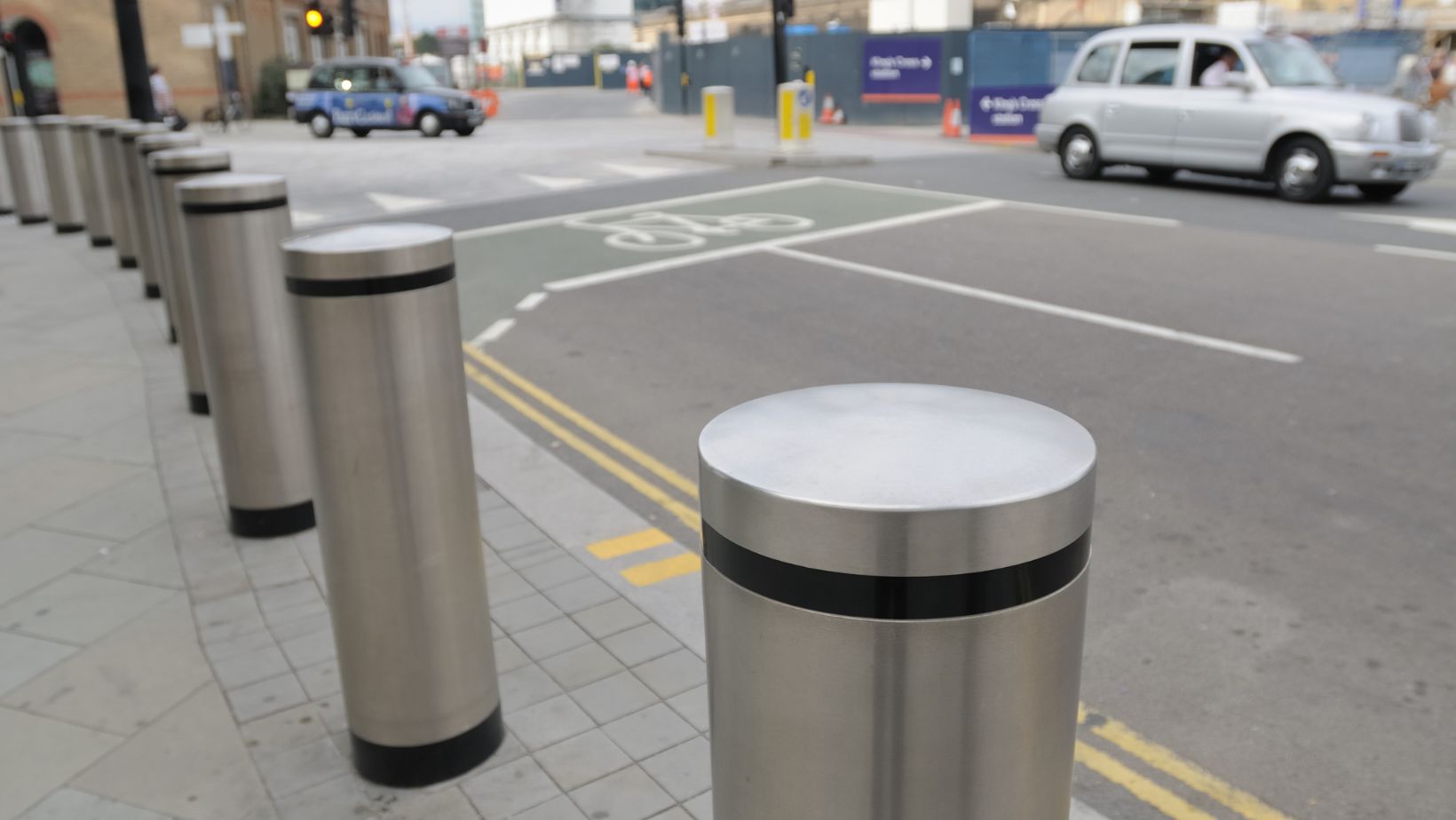Introduction
When protecting high-risk sites, from airports and embassies to power stations, HVM bollards, rising bollards, and K-Rated barriers are essential.
CLD Physical Security Systems delivers integrated perimeter defense designed to stop vehicle-borne threats before they cause damage.
Why Vehicle Mitigation Matters
In today’s world, not every threat comes from the air or a cyberattack. One of the most immediate risks to critical infrastructure is the vehicle itself. Hostile Vehicle Mitigation (HVM) systems are engineered to prevent ramming attacks, unauthorized entries, and accidental breaches.
An effective security fences and gates system creates the visible perimeter. But true resilience begins at ground level, with barriers designed to stop multi-ton vehicles traveling at speed. That’s where HVM bollards and K-Rated systems play a defining role.
The Role of HVM Bollards
HVM bollards are designed to absorb and dissipate energy during impact. Unlike standard barriers, they’re built for certified stopping power, measured by standards such as ASTM and PAS 68.

There are multiple types:
- Fixed bollards for permanent protection at site entrances and high-security perimeters.
- Removable or retractable bollards for areas needing controlled access.
- Rising bollards for dynamic, real-time threat management—ideal for mixed-use or urban environments.
Each configuration combines mechanical strength with visual deterrence.
What Makes CLD Physical Security Systems Different
CLD Physical Security Systems integrates HVM bollards with security fences and gates to create seamless, multi-threat protection.
Rather than treating each element as separate, CLD designs around the perimeter’s weakest link, ensuring that gates, bollards, and barriers complement each other for continuous protection.
Their engineering teams tailor every specification to meet K-Rated or equivalent standards. Whether it’s a power station, airport, or data center, each installation is tested for durability, compliance, and real-world performance.
Typical HVM Installation Components
A high-security perimeter system may include:
- HVM Bollards – Fixed or retractable units designed to resist vehicle impact.
- Rising Bollard Systems – Deployed in high-traffic areas for operational flexibility.
- Security Fence Gates – Integrated gates that meet the same strength and certification levels as adjacent fencing.
- Crash Barriers – Additional layers for entry control points or loading zones.
- Perimeter Integration – Sensors, lighting, and access controls networked into a unified security management system.
The Benefit: Protection Without Compromise
Modern facilities can’t afford bulky, obtrusive defenses that interfere with accessibility or design aesthetics. CLD Physical Security Systems provides HVM solutions that balance architectural appeal with certified protection.
Each perimeter blends seamlessly into its environment, whether urban, commercial, or industrial, without sacrificing safety, performance, or compliance.
Conclusion
Protecting against vehicular threats isn’t optional, it’s essential. HVM bollards, rising bollards, and K-Rated barriers form the core of today’s secure perimeter strategies.
By working with CLD Physical Security Systems, facilities gain not only certified protection but peace of mind backed by decades of perimeter engineering expertise.
